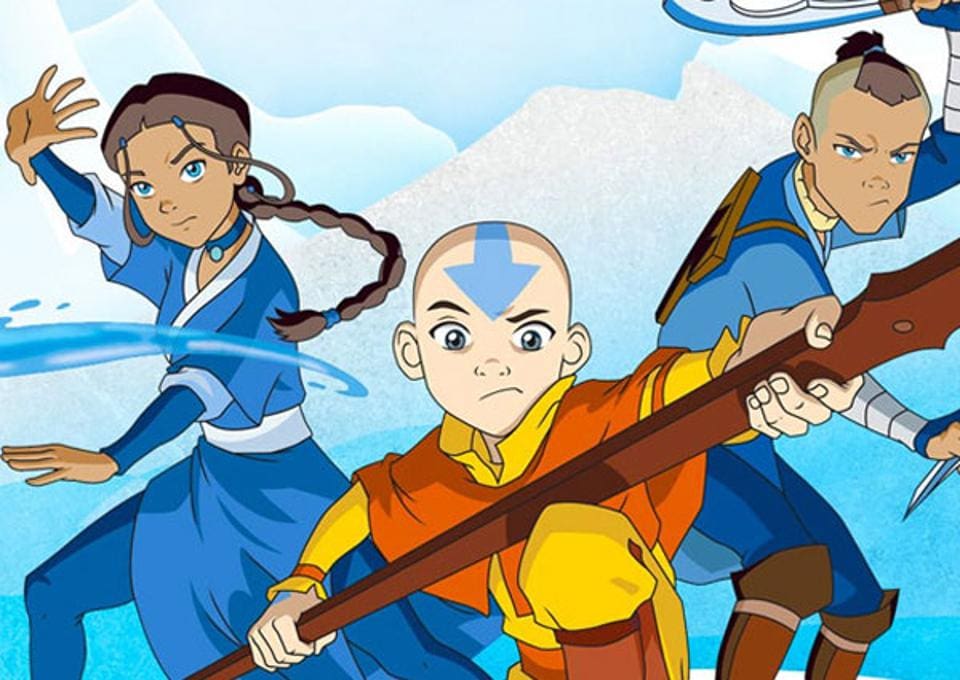Over the past few years, consumers have rapidly become inundated with media across a growing list of digital streaming platforms. Two decades ago, however, most young millennials and Gen Z would’ve been wading through DVD cases for the latest Toy Story or catching reruns of The Wiggles on ABC 2. Much has changed since then, but perhaps the element that has best persisted is children’s media itself.
With the abundance of digital media now readily disposable at our fingertips, children’s media has been a source of entertainment across many demographics. Shows such as Avatar: The Last Airbender, SpongeBob and Gravity Falls have received a cult following over the years. Moreover, two of the three aforementioned shows have and will continue to receive follow-up content.
So, is the key ingredient nostalgia?
Nostalgia is certainly powerful, and media monopolies have been banking on it in recent years with the intent of rehashing and reviving old stories. Audiences have not only been hit with reboots of old favourites, but also sequels, prequels and glorified CGI-heavy live-action remakes (looking at you, Disney). I would however argue that it is not nostalgia that necessitates success, but simply, good storytelling that facilitates an escape, while grounding itself in human experience.
The very children’s films and tv shows these corporations seek to revive did not rely upon nostalgia for their initial success. There were no predecessors to the original Powerpuff Girls or Scooby-Doo setting out recyclable characters and plotlines. Nostalgia likely influenced producers to reboot these shows, but it didn’t grant them their original success. Their original success stemmed from creating wacky stories with heart, humour and an authentic account to convey.
To put my musings to the test, I decided to survey some participants on 1) what their favourite children’s media is and 2) specifically what they enjoyed about it. The answers I received were both diverse and fascinating.
Among the replies, notable crowd favourites were Gravity Falls (accounting for a third of answers), The Simpsons (accounting for a quarter), Tom & Jerry, Avatar and Disney shows such as Phineas and Ferb.
One of the more profound themes that emerged from my discussions was the notion of escapism. As one participant put it, children’s media tends to give you ‘drama but without dark themes or death’. Perhaps what attracts adolescents and adults to children’s media is the light-heartedness of it all. Shows ranging from Gravity Falls to Pokémon situate themselves within fantastical realities far removed from our own.
Don’t get me wrong, these shows have every propensity to explore complex themes and serious challenges. But when they do, it’s often gentler and comfortingly predictable. Audiences are able to experience a sense of catharsis, seeing difficult themes being handled with positivity and the notion of ‘good triumphing over evil’. Yes, children’s media can soften the blow of otherwise heavy themes. But that doesn’t lessen its storytelling potential. If anything, exploring challenges not exclusive to children has allowed children’s media to have mass appeal and universality. Moreover, this has facilitated more diverse storytelling over time—notable examples being Studio Ghibli, or recent Pixar movies such as Soul and Bao.
The boundless format of children’s media was recognised as another key factor among participants. Through their creative world-crafting, children’s media tends to explore numerous storylines and challenges within a reproducible format. It’s a simple recipe for longevity; and perhaps this lends it effectiveness over adult media, with shows such as The Simpsons similarly utilising animation and a similar format. Phineas and Ferb aptly demonstrated this by producing endless narratives centred upon one endless summer and two very bored brothers.
All in all, nostalgia is merely one element in what makes children’s media work. Evidently, its focus on authentic and entertaining storytelling has proved a much more effective formula.
Editor’s note: This story was updated on 15/4/2021, as a previous draft was uploaded.
Editor’s note: This story was updated on 16/4/2021 to amend incorrect phrasing that implied Avatar: The Last Airbender and Spongebob Squarepants were reboots.





